The OGM Interactive Edition - Summer 2023 - Read Now!
View Past IssuesGas alert, gas alert! Those are words you hope you never hear. Hazards left unchecked put people in danger. Your best chain of defence against unimaginable outcomes and explosions is to ensure that gas detection and monitoring is well thought out and executed in your organization.
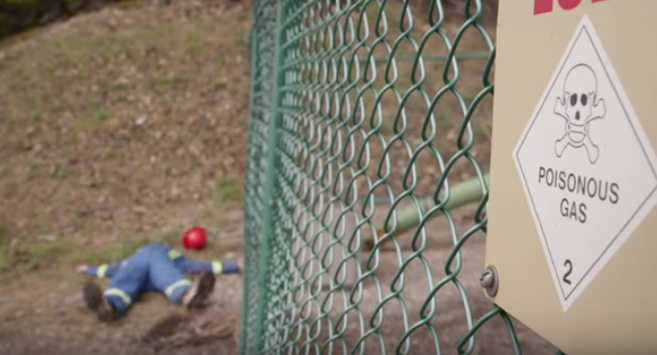
Poisonous gas puts people at risk. Are you prepared?
At an industrial facility, on oil rigs, in manufacturing facilities, processing units, and throughout the firefighting sector, gas detection has become common place as a foundation of safety! And with good reason, our team’s safety depends on a working environment gas monitoring is a priority and sensors that alert you to the presence of gas leaks are readily available.
Gas detection and monitoring devices can be found in industrial plants, refineries, manufacturing plants, fumigation facilities, paper pulp mills, aircraft and shipbuilding facilities, hazmat operations, waste-water treatment facilities, vehicles manufacturers, distilleries, indoor air testing and even in our homes. Applications are varied and wide.
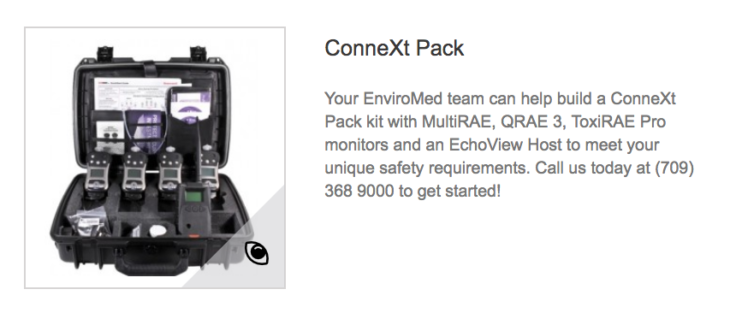
Portable detectors are used to monitor the atmosphere around workers on the job and are either hand-held or worn on clothing or on a belt/harness for convenience sake. These gas detectors transmit warnings via audible and visible signals, such as alarms and flashing lights, when dangerous levels of gas vapours are detected and they may be monitored at another location especially in the case of remote gas monitoring.
Fixed type gas detectors may be used for detection of one or more gas types and are generally mounted near the process area of a plant or control room, or an area to be protected, such as a residential bedroom. Industrial sensors are usually installed on fixed type mild steel structure and a cable connects the detectors to a SCADA system for continuous monitoring.
Gas detection equipment is used to detect a gas leak or other emissions and can interface with a control system so a process can be automatically shut down. A gas detector can sound an alarm to operators in the area where the leak is occurring, giving workers the opportunity to leave safely. There are many gases that can be harmful and it’s your job to understand those hazards and mitigate them if you play a role in your companies safety regime.
Gas leak detection is the process of identifying potentially hazardous gas leaks by sensors and alarms that alert people when a dangerous gas has been detected. Exposure to toxic gases can also occur in operations such as painting, fumigation, fuel filling, construction, excavation of contaminated soils, landfill operations, entering confined spaces, so it is important to ensure the right type of gas detectors are used with the right application.
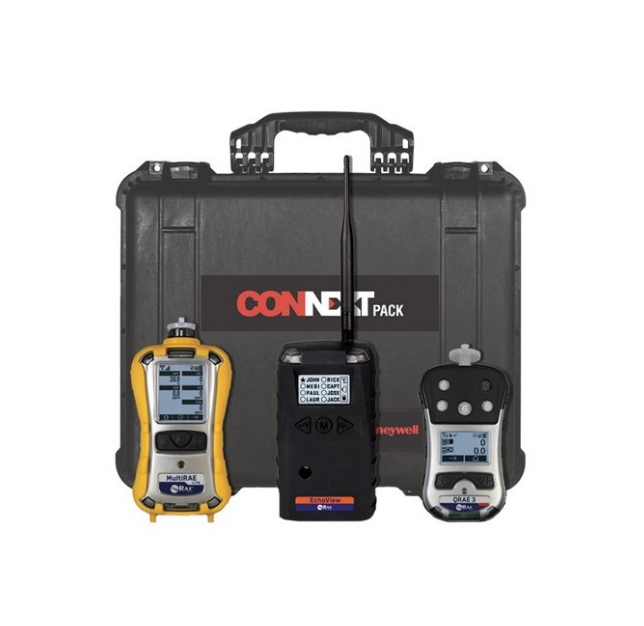
Common sensors include combustible gas sensors, photoionization detectors, infrared point sensors, ultrasonic sensors, electrochemical gas sensors, and semiconductor sensors. More recently, infrared imaging sensors have come into use.
CEO, Lee Parmiter of EnviroMed Detection Services in St. John’s, Newfoundland says, “At the end of the day, we want to ensure people to come home safe to their families. Gas monitoring is essential, and gas leaks must be detected so that hazardous environments are eliminated. Gas detectors can be used to detect combustible, flammable and toxic gases, and oxygen depletion so they are essential in the infrastructure of most industrial companies and any business really that has processing facilities.”
Gas leak detection is the process of identifying potentially hazardous gas leaks by sensors. These sensors usually employ an audible alarm to alert people when a dangerous gas has been detected. Today technology is so advanced that systems not only alert to a gas leak but also alert incidences and failures in systems. We have vastly advanced the gas detection world with the advancement of new tracking and monitoring devices.
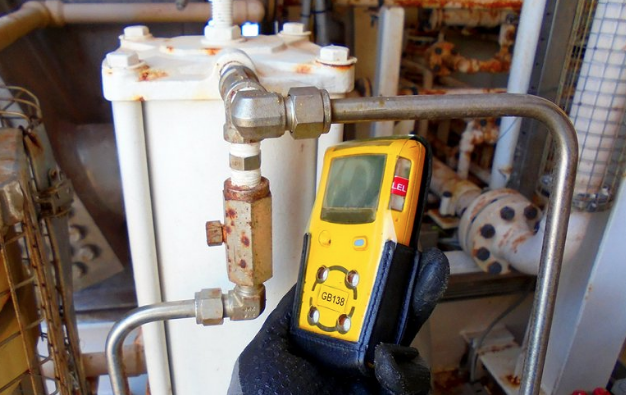
Gas leak detection is essential in your facility.
How to select the gas detector primarily depends on your operation, and it’s functions. You will want to consider what systems will ensure the safety of workers and help your company save time and money.
Lee Parimeter says, “There are several models with constantly evolving technologies are available on the market. It is therefore essential to understand the available features and options to make an informed decision. Understanding the systems that are out there and ensuring your system is right for your facility is key.”
According to Don Galman of Honeywell Analytics, selecting the right gas detection considers the following, “There are many gas detection products on the market that might appear to be the same, but a closer inspection of specification, functionality, and features reveals major differences in what products can do and the potential value they can offer. Similarly, individual applications are also unique in their respective designs, needs and processes undertaken.
Before beginning to consider gas detection equipment, a risk assessment needs to be conducted. Any company employing staff should conduct risk assessments to identify potential hazards, and these can include potential gas, vapour or Oxygen deficiency risks. If gas hazards are identified, gas detection is applicable as a risk reduction method.
Depending on the processes being undertaken and the gases being detected, remote or off-site alarm notification plus event data logging/reporting may also be required for Health and Safety management records. Another factor impacting on the need for enhanced reporting functions might be regulatory compliance or a condition of insurance.
Having identified the primary objective, the suitable equipment is selected by asking a number of key questions. These fall into three broad categories:
• The gases to be detected and where they may come from
• The location and environmental conditions where detection is to take place
• The ease of use for operators and routine servicing personnel
Identify the gases to be detected and where they may come from
The risk assessment should identify the gases to be detected; however, experienced gas detection equipment manufacturers and their approved distributors are often able to help in this process, based on their experience of similar applications. However, it is important to remember that it is the end user’s responsibility to identify all potential hazards.
It is also essential to identify the potential source of a gas release as this helps determine the number and location of detectors required for a fixed gas detection system.
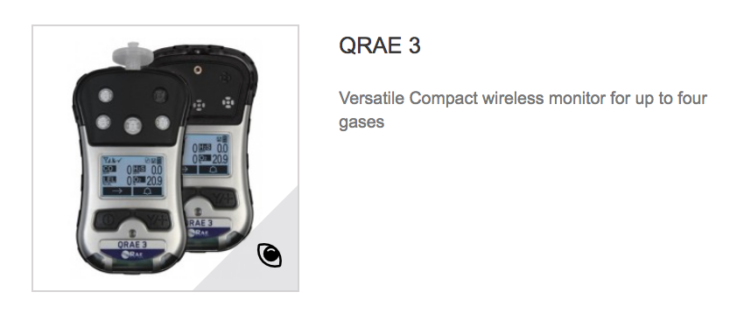
The performance, accuracy, and reliability of any gas detection equipment will be affected by the environmental conditions it is subjected to. Temperature, humidity and pressure levels at the location all have a direct bearing on the type of equipment that should be selected. Additional factors such as potential variations resulting from a production process itself, diurnal/nocturnal fluctuations and seasonal changes may also affect the type of device which is suitable.
The next area of consideration relates to additional product functionality. Aspects like wiring configuration are important, especially when retrofitting into an existing application. If the apparatus is being integrated into a separate safety system, certain communication protocols may also be required such as HART®, Lonworks or Modbus®.
Consideration will also need to be given regarding the requirement for local displays on transmitter units, and local configuration of the unit and gas displays may also be a useful addition.
Routine maintenance is another important consideration. Some gases and vapours can be detected with a number of different sensing technologies, e.g., Hydrocarbon gases with catalytic beads or Non-dispersive Infrared NDIR. Catalytic beads do not provide fail-to-safety operation and therefore can require a high frequency of routine maintenance; however, NDIR based solutions tend to have a higher initial purchase price but may require less routine maintenance. In-house resource to undertake such routine maintenance needs to be identified, and in the absence of such a resource, budgeting for third-party maintenance is an important factor in selecting the right equipment.”
EnviroMed Detection Services, located in St. John’s Newfoundland has been serving the industrial based businesses in the region for 30 + years. EnivroMed is a safety/environmental instrumentation company specializing in the sale, installation, and servicing of life-saving detection instrumentation. As an ISO 9001:2008-certified, a full-service laboratory, EnviroMed offers repairs, N.I.S.T. traceable calibrations, maintenance, service and training on most of the equipment it provides today.
In addition to its specialization in gas detection equipment, EnviroMed also sells, rents and leases a wide variety of products in the areas of Gas Detectors, Water, Soil & Noise Monitors, Ambient Air, Indoor Air Quality, Meteorology, and other specialty areas related to safety/environmental instrumentation.
EnviroMed’s expertise and instrumentation inventory assist in providing an additional three-month labor warranty on most equipment purchased, refurbished, or calibrated at its facility. All installations, stationary or portable, must meet our quality assurance/quality control program, verified by a preventative maintenance schedule. Working closely with our clients, EnviroMed continues meeting today’s environmental challenges while understanding industry’s regional and economic requirements.
CEO, Lee Parmiter says, “The complexities of choosing, installing and maintaining gas detectors can be overwhelming. That’s why we’ve created a full-service detection and monitoring company that ensures we support our customers in the best possible way. We work every day to ensure that people onsite, in confined spaces and requiring a high level of protection, get what they need.
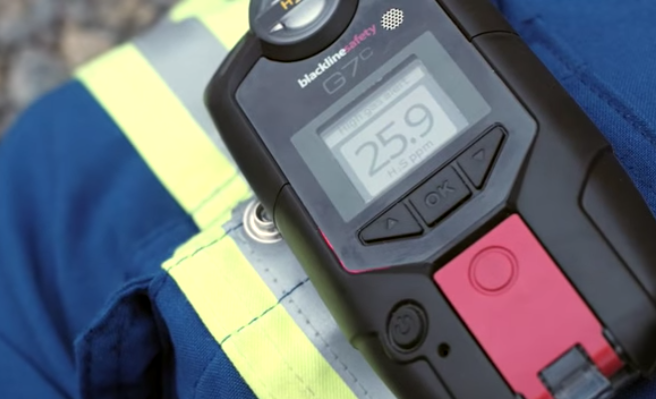
The Blackline G7 Gas Detection Safety Monitor reports back to your head monitoring office. The Blackline G7 is state-of-the-art technology and is Ideal for remote location monitoring.
For many people not directly involved in the gas detection and monitoring sector of their industry, the whole process can be overwhelming. Lee Parmiter says, “EnviroMed Detection Systems, with their gas detection consulting specialization, take the headache out of assessing and implementing your safety worksite systems. Are you bump testing? Did everything calibrate and is it up to date? Know who’s safe and not safe on site? Does your team know how your systems work and are they compliant right now, in the field today? Can I locate a person in the field in real time if something goes wrong? These are the safety questions that EnviroMed will take care of you.”
With the EnviroMed locally serviced and supported wireless real-time monitoring system, sensor deterioration and other unit shortfalls are relayed in real-time through the customer’s choice of media and with an established protocol to its operators and supervisors for appropriate recall and the avoidance of false alarms creating unnecessary downtime expense in operations. Lee says, Our products are new state-of-the-art systems that are fit for the times, for example, EnviroMed G7 Gas Detection Tracking and Monitoring System covers all the bases of your situation. In my 35+ years of using, servicing and promoting safety in gas detection applications, this system hits a ‘grand slam home run’!
For more information go to www.EnviroMed.ca
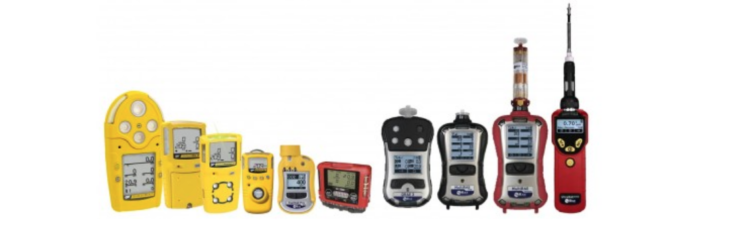
Did you enjoy this article?